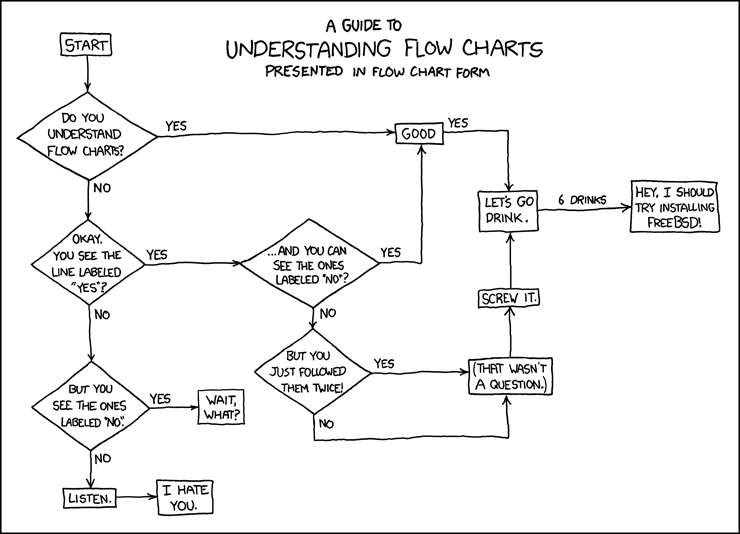Motivation and Background
The Stop Quark
- Stop quark = top squark = supersymmetric top quark
- Expected decay mode: \[ \tilde{t} \to t + \tilde{\chi}_1^0 \] where \( \tilde{\chi}_1^0 \) is lightest supersymmetric particle (LSP)
- Our goal: use machine learning to optimize the search for this particular decay mode
Decision trees
- Make a yes/no decision based on many factors
- Think flowcharts

|

|
Outline of Approach
## Getting acquainted
* Used [PYTHIA](http://home.thep.lu.se/~torbjorn/Pythia.html) and [ROOT](http://root.cern.ch/drupal/) to do basic data analysis on particle collisions
* Isolated jets and observed energy distribution
SUSY
|
TTJ
|
Defining Desired Parameters
-
M3
- Separating top-top events from background
- Invariant mass of 3 jets with largest vectorially summed transverse momentum: \[ b^{*}, j_1^{*}, j_2^{*} = \underset{(b, j_1, j_2)}{\arg\max}\; \left|\left|\; p_T(b) + p_T(j_1) + p_T(j_2) \;\right|\right| \] \[ M3 = invariant\_mass\left(b^{*}, j_1^{*}, j_2^{*}\right) \]
- Most effective with 4+ jets; our data has 6
- Transverse energy analysis
- Separating QCD events
- Most effective with 3 jets → group the data into two systems
Identifying Two Top Quark Systems
- 2 \(bjj\) groups maximizing transverse momentum
- \( t \to b + W \to b + 2j \)
- Calculate M3 for both
- Calculate M2 for both (invariant mass of jets)
- Least-squares error (M3 \(\leftrightarrow t\), M2 \(\leftrightarrow W\))
- Top quark A = Better combination
- Top quark B = best from rest of system

(Dutta et. al.)
Distributions of Variables
SUSY vs ttj
M3
M3A
|
M3B
|
M2
M2A
|
M2B
|
Azimuthal Angles
| Bottom Quark | Jet 1 | Jet 2 |
 |
 |
 |
BDT Results
Classification of Signal and Background
Signal
|
Background
|
BG Rejection vs. SIG Efficiency
Better than cut and count!
Test vs. Training
Test
|
Training
|